The 44 Percent: Black Cubans, homelessness in Miami and Black photographers
I want to thank my colleagues Jimena Tavel, Joey Flechas and Bianca Padró Ocasio for holding it down the past three weeks. Each shared such a unique perspective that’s certainly worth reading.
With Hispanic Heritage Month drawing to a close, I wanted to highlight a voice often overlooked here in Miami: Black Cubans. While I myself am not part of this group, I had the pleasure of hearing Ricardo Gonzales Zayas discuss his book “Black Pedro Pan,” which recounted his experiences as a Black Cuban.
Zayas had a lot of great insight, including a few things that could do wonders in forging bonds between all members of the African diaspora. My first learning moment came when an audience member asked whether Black Cubans identified with the Transatlantic Slave Trade.
“I would say as much as African Americans,” Zayas replied.
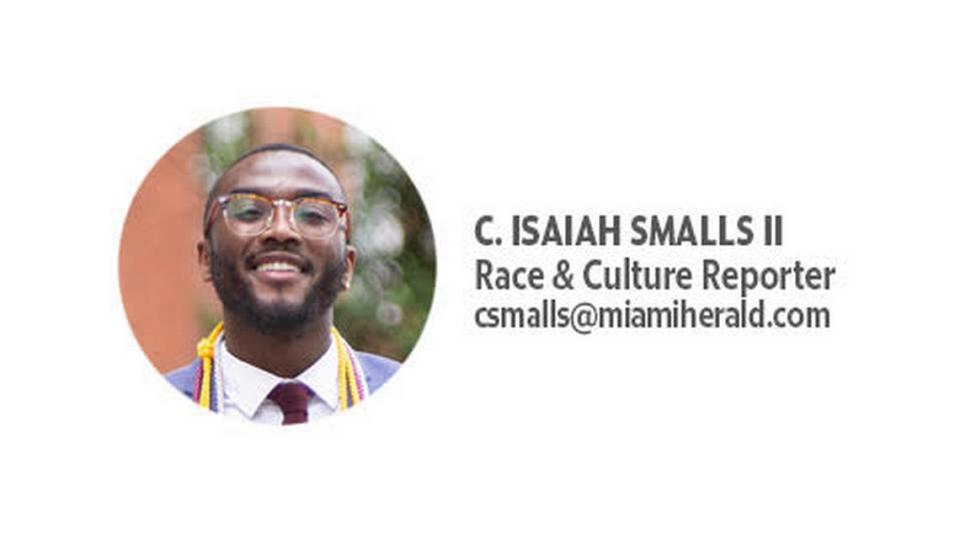
After a little digging, I discovered Cuba was the “largest slave colony in all of Hispanic America,” with roughly 800,000 Africans trafficked to the island, according to Harvard University’s The Hutchins Center for African & African American Research. To put that into context, historians estimate that anywhere between 388,000 and 450,000 slaves were imported to the United States.
The second surprising aspect of Zayas’ talk had to do with the relationship between Black Cubans and African Americans. With all the infighting that can happen among South Florida’s diverse Black community, I expected to hear more of the same. I was wrong.
“We were all on the same team basically,” Zayas said. He went on to say that by the 1980s, the two had gone their separate ways, in part due to the killing of Arthur McDuffie and other “incidents with the police where the police were Cuban and the victims were Black.”
Zayas then shared a common sentiment in the Black community.
“Looking back now, I realize that I was lucky that I didn’t run into a cop that was having a bad day or I wasn’t having a bad day myself,” he said.
One of my goals with this beat has always been to show the commonalities of the Black experience. Why? Because liberation requires a collective buy-in. We are part of the same struggle. Sure, our heritages are different, but when it comes to the fight for freedom, to quote Zayas, we are all on the same team. Our fight becomes a lot easier if we learn this.
INSIDE THE 305
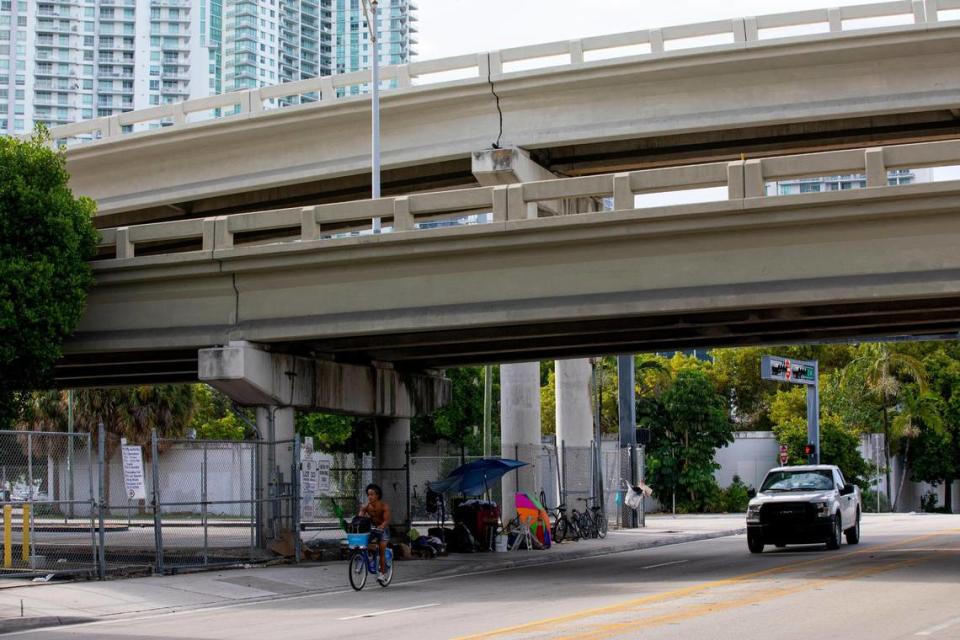
Miami may ban homeless encampments, arrest residents. Advocates say that’s the crime:
What to do with the many homeless encampments scattered across the city of Miami has long been a topic of debate. Commissioners’ proposed solution? Ban them outright.
Miami commissioners are considering a measure that enacts stiff penalties for people living in encampments, which activists say would essentially criminalize homelessness. The final vote, originally scheduled for Thursday, was pushed back to Oct. 28. Here’s a bit of what the new ordinance would do, courtesy of The Herald’s Anna Jean Kaiser and Joey Flechas:
Police would be instructed to give a written warning to violators, allow them up to two hours to gather their belongings and offer them a shelter bed. If the violator refuses a space in a shelter, officers can arrest the person.
Under the ordinance, homeless people could be charged with a misdemeanor for creating an illegal encampment on public property and face a $500 fine and up to 60 days in jail. Violators could also be given a civil fine from a code compliance officer.
The prospective ban came as a result of complaints from Downtown and Little Havana residents, according to the ordinance’s sponsor, Commissioner Joe Carollo.
Carollo sharply rejected criticism that the city would be criminalizing homelessness under the ordinance, noting that Miami has spent millions on homeless programs and arguing that it shouldn’t grant unchecked freedoms to people who choose to live on the street and resist shelter.
“The homeless issue that we have in the city of Miami is mainly about people that are out there because they want to be out there,” Carollo said.
Many homeless advocates, like attorney David Peery, disagree.
“Criminalization is exactly what it is,” said Peery. “This is an ordinance that establishes criminal punishment. That’s criminalization.”
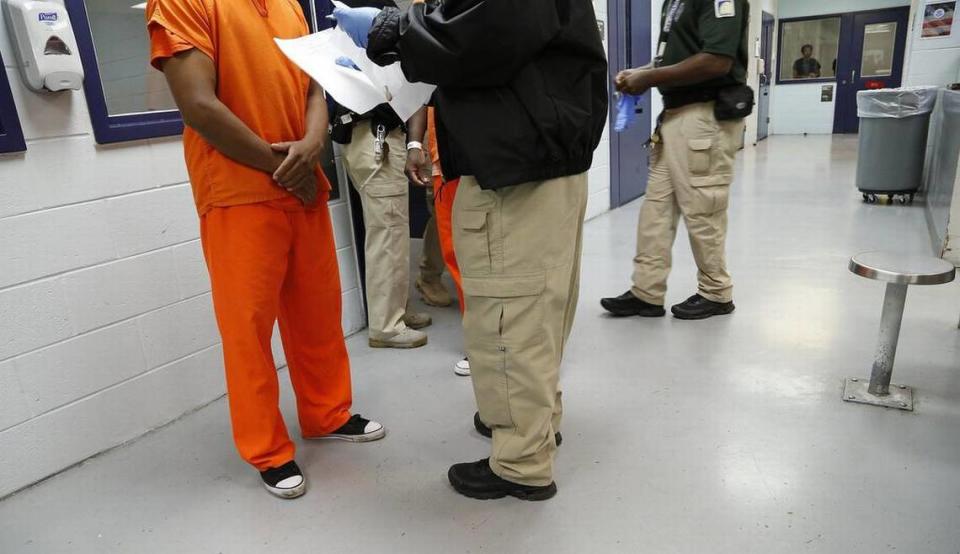
Federal complaint claims Black immigrants are discriminated against at Krome:
With the U.S. government already facing intense criticism over its treatment of Black immigrants, a new complaint claims Immigration and Customs Enforcement officials exhibited “a disturbing pattern of racism and abuse” at the Krome North Service Processing Center. The allegations came from nine Black immigrants, five of whom were from Haiti, the other four from Sierra Leone, St. Lucia, Jamaica and the Bahamas.
Among the accusations: that guards at Krome use threats, coercion and physical violence to obtain signatures on deportation paperwork from Black immigrants, poor hygiene at Krome and negligence of COVID-19 protocols, and a pattern of racial discrimination and disparity in decisions on who gets released. For example, the Black immigrants claim that only lighter-skinned Cuban migrants are being released.
An Immigration and Customs Enforcement spokesperson told the Herald’s Jacqueline Charles that Krome had “received an acceptable rating” during its most recent annual detention inspection in May 2021. This complaint, however, stemmed from “dozens of interviews, letters and calls to the Freedom for Immigrants National Immigration Detention Hotline,” some as recent as August and September, according to Charles.
In some of the complaints, detainees report that they have been placed with COVID-19-positive individuals, and that the crowded facility prevents any kind of social distancing.
In addition to COVID-19 negligence and unlivable conditions at Krome, detainees allege racist practices and discriminatory treatment, denial of medical care, sexual assault, retaliation, coercive and unlawful use of force to obtain signatures on paperwork and religious discrimination.
OUTSIDE THE 305

Gap in vaccination rates among Black and white Americans improving:
A lot has happened since I penned this story on vaccine hesitancy among Black Miamians in late December. Once far less likely to get vaccinated, Black Americans have now narrowed the gap between themselves and other groups. The New York Times’ Audra D. S. Burch and Amy Schoenfeld Walker have more:
While gaps persist in some regions, by late September, according to the most recent survey by the Kaiser Family Foundation, a roughly equal share of Black, white and Hispanic adult populations — 70% of Black adults, 71% of white adults and 73% of Hispanic adults — had received at least one vaccine dose. A Pew study in late August revealed similar patterns. Federal data shows a larger racial gap, but that data is missing demographic information for many vaccine recipients.
And what exactly changed?
How the racial gap was narrowed — after months of disappointing turnout and limited access — is a testament to decisions made in many states to send familiar faces to knock on doors and dispel myths about the vaccines’ effectiveness, provide internet access to make appointments and offer transportation to vaccine sites.
Or, put differently, it’s about addressing a group’s needs and equipping them with necessary information.
“It’s less about saying, ‘This racial ethnic group is more hesitant, more unwilling to get vaccinated,’ and more about saying, ‘You know, this group of people in this given area or this community doesn’t have the information or access they need to overcome their hesitancy,’” said Nelson Dunlap, chief of staff for the Satcher Health Leadership Institute at the Morehouse School of Medicine.
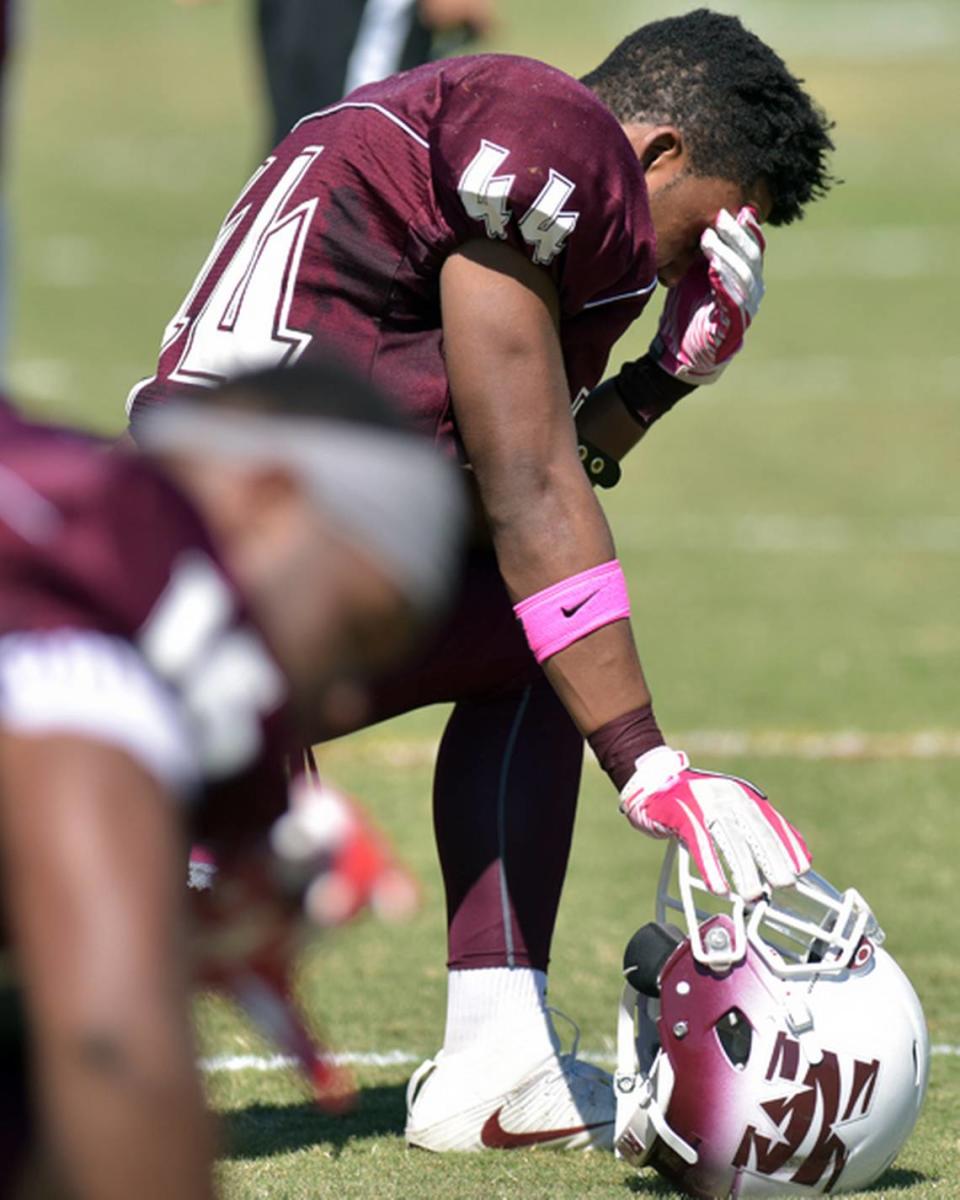
By now you should know how much love I have for Morehouse. I truly wouldn’t be here without what the institution poured into me.
So when the New York Times’ Alanis Thames reached out to me a few weeks back about this, I was ecstatic. The story dropped last Friday and recounts how Morehouse, one of the first schools to cancel its 2020 football season, was able to bounce back in 2021. Thames, a former Herald intern, did her thing, capturing the excitement HBCU football brings to these institutions. Check out this excerpt on Morehouse’s recent match up against Edward Waters:
Morehouse never led in the game. Its offense went in and out of sync, and the team managed only 13 points. But its fans remained for the whole game, shouting, singing, celebrating.
Morehouse fell to 0-5, and signs of the lost year linger. But at least the players are back. At least they’re competing.
“It adds to the college experience to have football back,” Tim Turner, a Morehouse graduate, said while watching the game. “To have sports back, to have anything back, where you can gather together.”
HIGH CULTURE
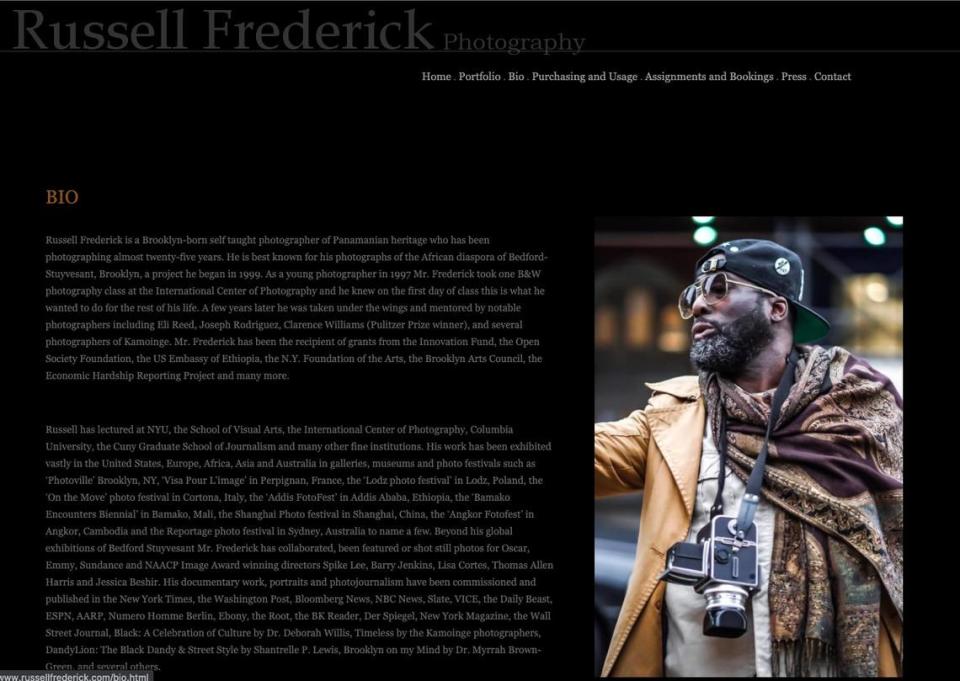
Photographer Russell Frederick on why his photography is activism:
No one captures Black people better than Black photographers. Case and point: Russell Frederick. In this piece published by The Undefeated, Frederick discusses his unconventional journey to photography and shares some spectacular images along the way. What makes Frederick’s work especially fascinating was his view of the camera as a weapon to fight racism.
“The camera is a powerful tool and I saw why it was weaponized against us,” Frederick told The Undefeated’s Miss Rosen. “I look at my role as a photographer as an educator and visual activist to realize and redefine the way the world sees us because our greatness has been suppressed. When I leave this earth, these images I’ve made will live on and be strong.”
Where does “The 44 Percent” name come from? Click here to find out how Miami history influenced the newsletter’s title.

 Yahoo Finance
Yahoo Finance 